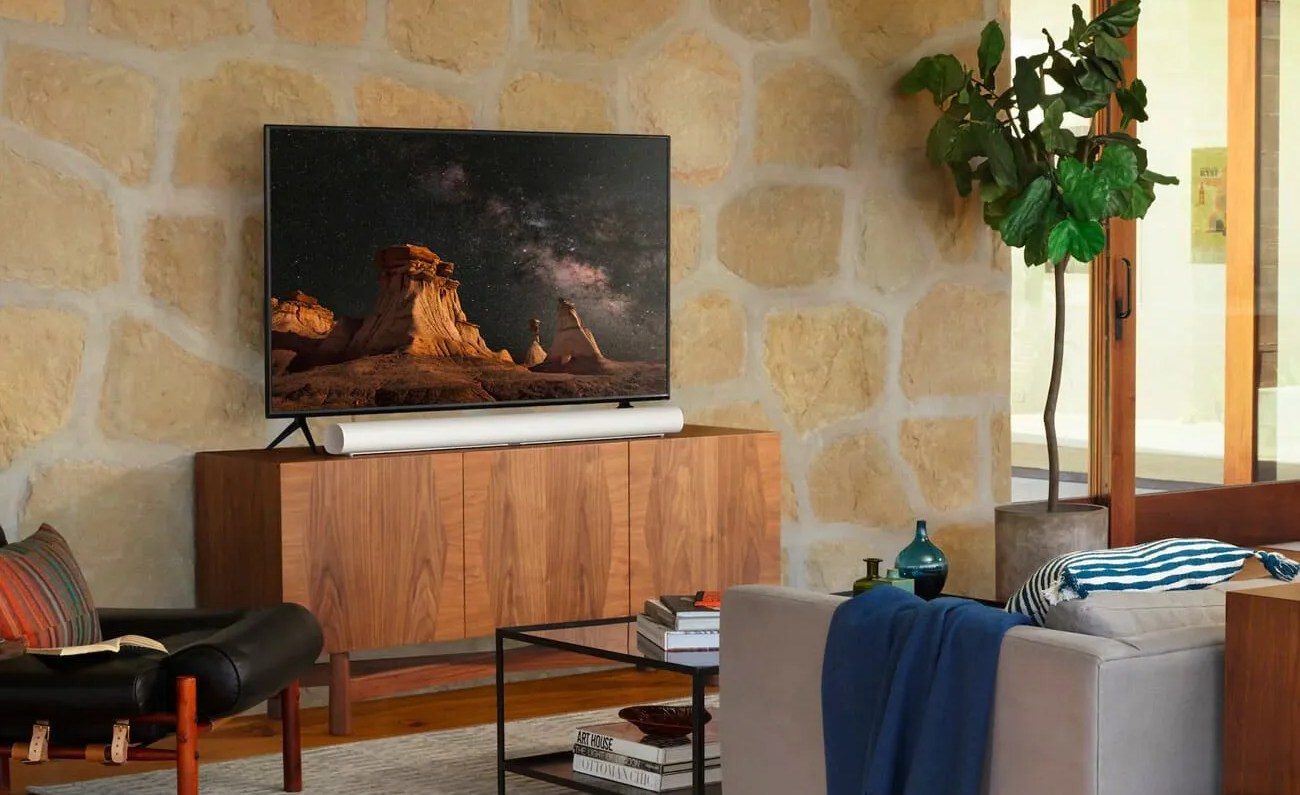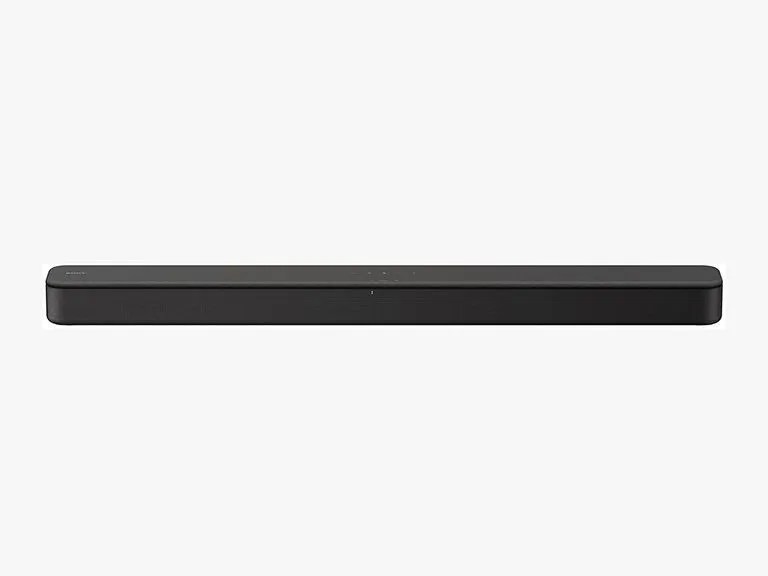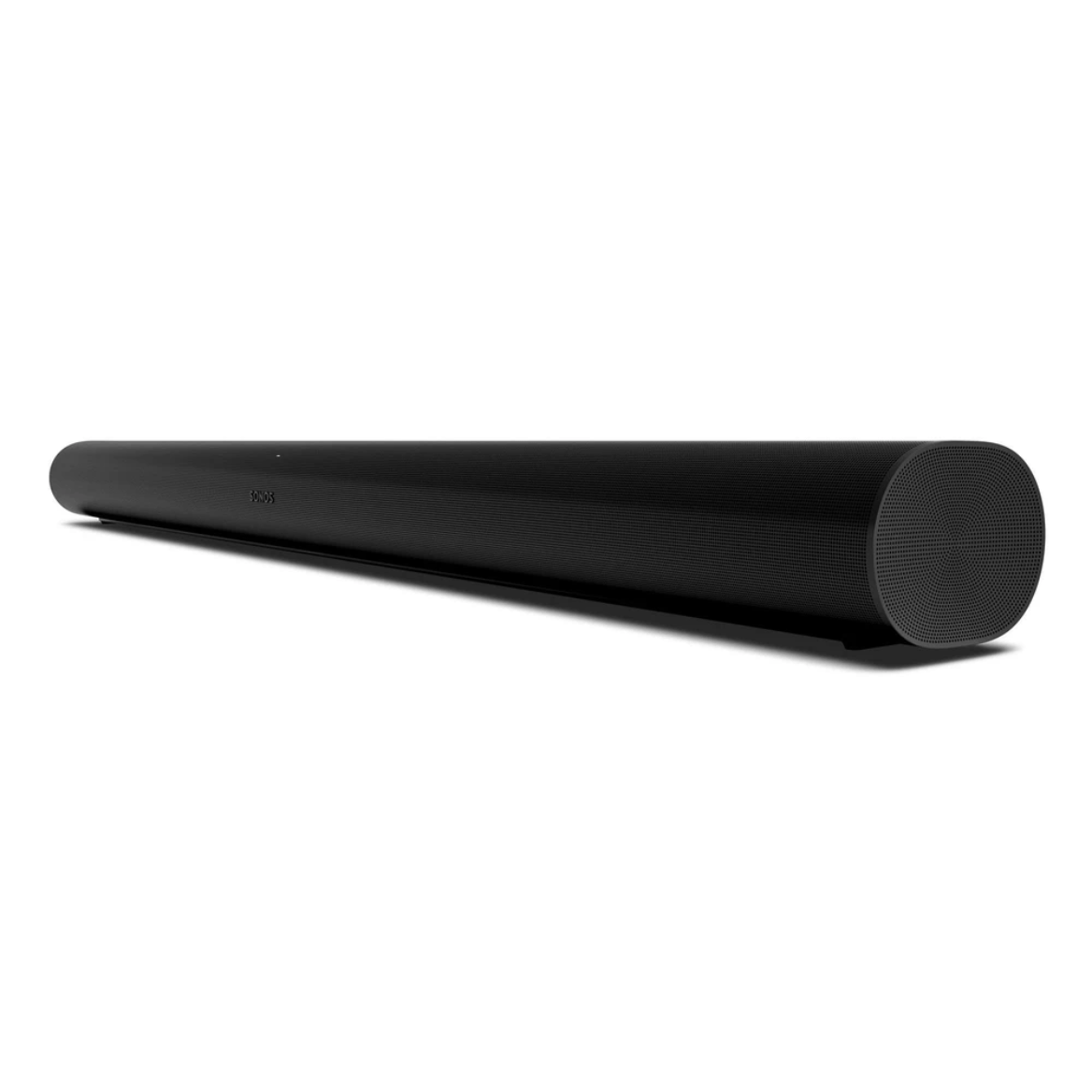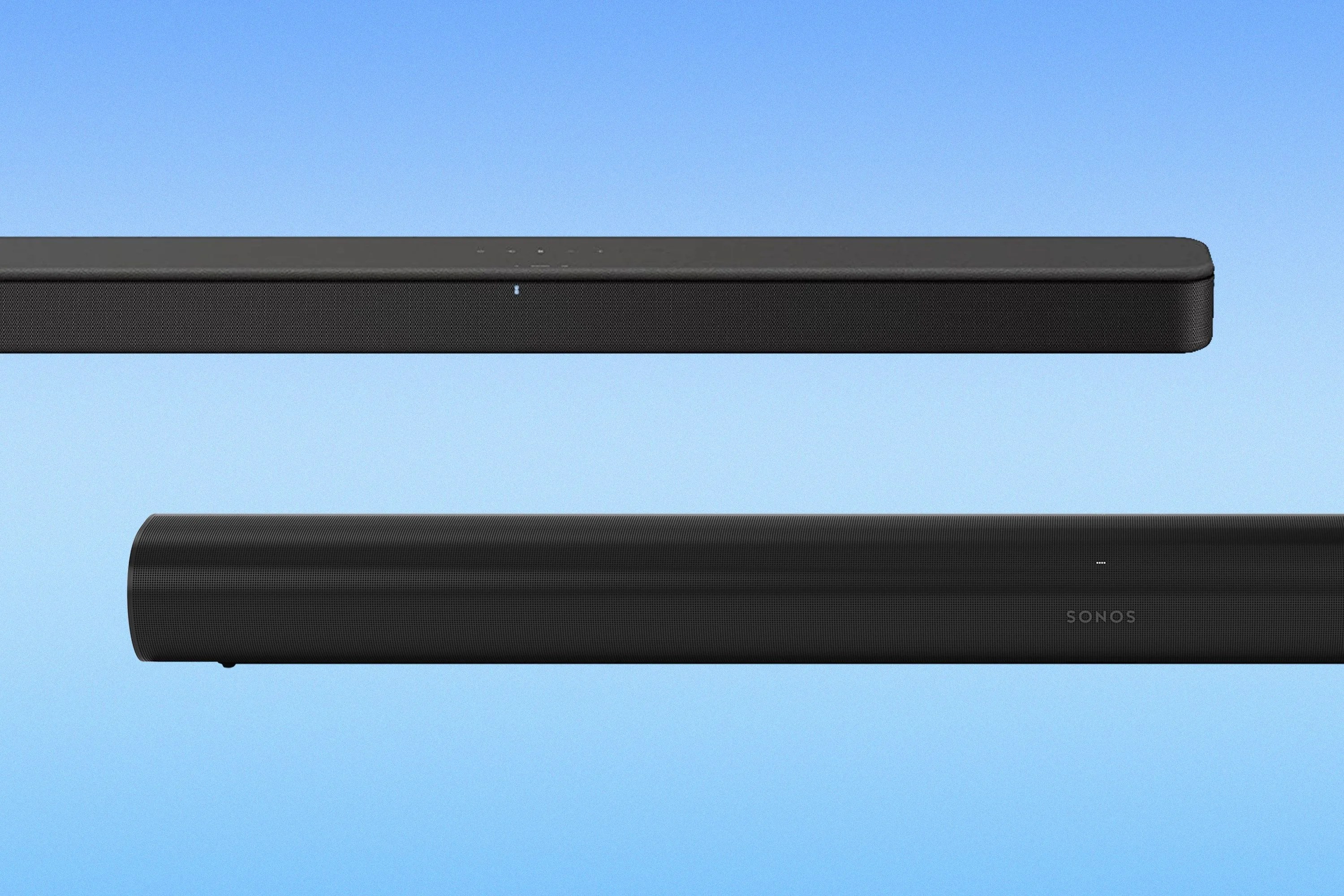If you’re buying a new TV these days, you also want to buy a soundbar. This is because most new-age TVs don’t have great built-in speakers — they’ve been sacrificed in the pursuit of thinness — and what good is a great TV if you can’t really hear it?
The good news is that there are a lot of soundbars out there and you don’t have to break the bank on one to improve the sound quality of your TV — you barely have to spend more than a $100 if you don’t want to. Of course, there are some definite sacrifices if you go the affordable route.
Let’s take the Sony HT-S100F, which is a terrific entry-level soundbar that costs less than $100, and compare it to the Sonos Arc, which costs $899 — nine times as much — and is one of the most popular soundbars out there. What are the differences?
The short answer is: a lot.
Better soundbars = better drivers, more channels
One of the most important factors that determines the sound quality of a soundbar is its number of channels. Entry-level soundbars tend to have two channels, a dedicated left and right channel for stereo sound, but as you go up in price soundbars generally are given more and more channels. A three-channel soundbar adds a dedicated center, which helps with produce mid-range (and dialog). And a five-channel soundbar adds surrounds to the mix.
On top of that, most entry-level soundbars don’t have dedicated tweeters (for highs), midrange drivers (for midrange) and woofers (for lows), but have full-range drivers that handle everything. This results in a less accurate sound.
The Sony HT-S100F is a two-channel soundbar with a grand total of two full-range drivers. The Sonos Arc is a five-channel soundbar with a total of 11 drivers (eight woofers and three tweeters). This is the meat of what you’re paying for if you go for an upgrade pick.
High-quality soundbars can put their drivers to better use
A soundbar that supports immersive sound technologies, specifically Dolby Atmos, are all the rage right now because they a surround sound experience in a single package. No complicated home theater system required. But it can be expensive to get a soundbar certified for Atmos, which is why the cheaper the soundbar, the less likely it’s going to support these immersive content.
In the last few years, however, a lot more new soundbars have begun to support Dolby Atmos. And you can actually get soundbar that supports Dolby Atmos for not all that expensive. For example, the Soundcore Infini Pro ($219) and Sonos Beam 2 ($449) are two more-affordable soundbars that support Dolby Atmos, but they come with a catch — they lack upward-firing drivers. This means they aren’t able to create as convincing virtual height and side channels and, thus, they don’t sound as immersive.
A soundbar that supports Dolby Atmos and has upward-firing drivers, like the Sonos Arc, can create a really immersive audio experience. It does a way better job of tricking your ears that sounds are coming from your left, right, center and above. Basically, it doesn’t just sound like the audio is coming out of the TV, but from all-around you.
That said, the Sony HT-S100F doesn’t support Dolby Atmos. No way, no how. Nor does it have upward-firing drivers. As traditional two-channel soundbar it can only deliver a stereo experience.
 Sonos
SonosExpensive soundbars double as great speakers in general.
Pretty much all the newest soundbars, cheap or expensive, have built-in Bluetooth so you can stream music straight from your smartphone or laptop, just like a traditional Bluetooth speaker. The best soundbars also have built-in Wi-Fi and integrated technologies that allow it to play higher-resolution audio and be integrated in a multi-room audio system.
The Sonos Arc basically has it all. In can stream music over Wi-Fi and supports other higher-resolution streaming methods, like AirPlay 2 and Spotify Connect. It can function as a smart speaker thank to a built-in four-mic array; you can ask Alexa or Google to set timers, answer trivia questions, control your other smart home devices, and adjust your TV’s volume.
The Sony S100F only has built-in Bluetooth, which to be fair the Sonos Arc lacks. This means it can stream audio like any Bluetooth speaker, but can’t be integrated into a larger multi-room system or stream higher-resolution over Wi-Fi. It also lacks any kind of smart speaker capabilities.
 Sony
SonySony HT-S100F
-
$129.99 (25% off)
 Sonos
Sonos